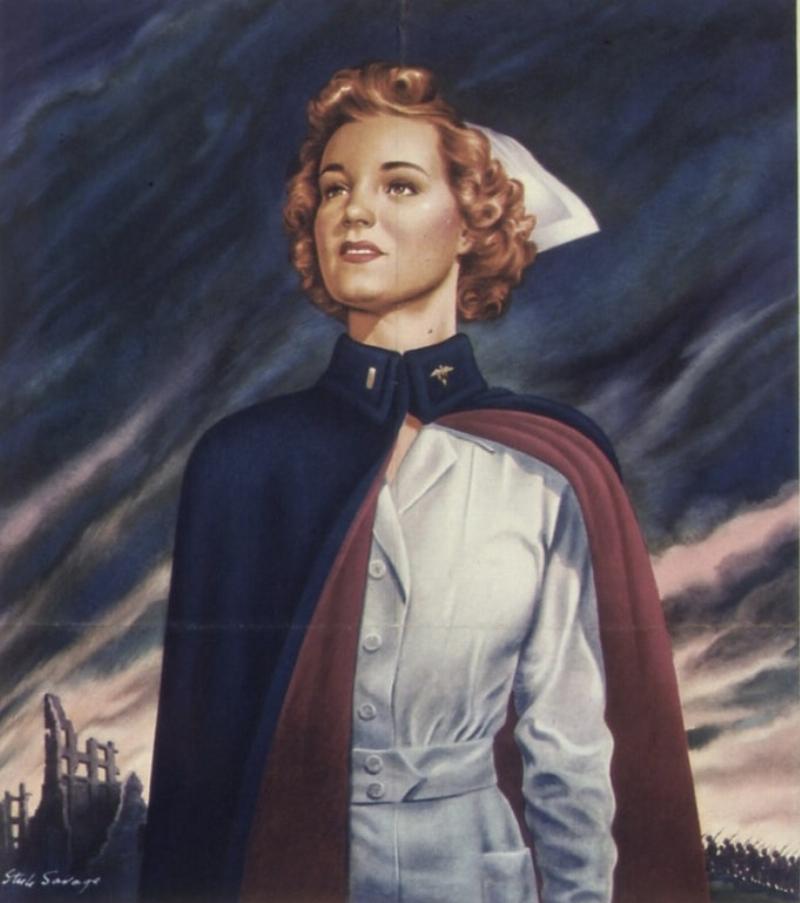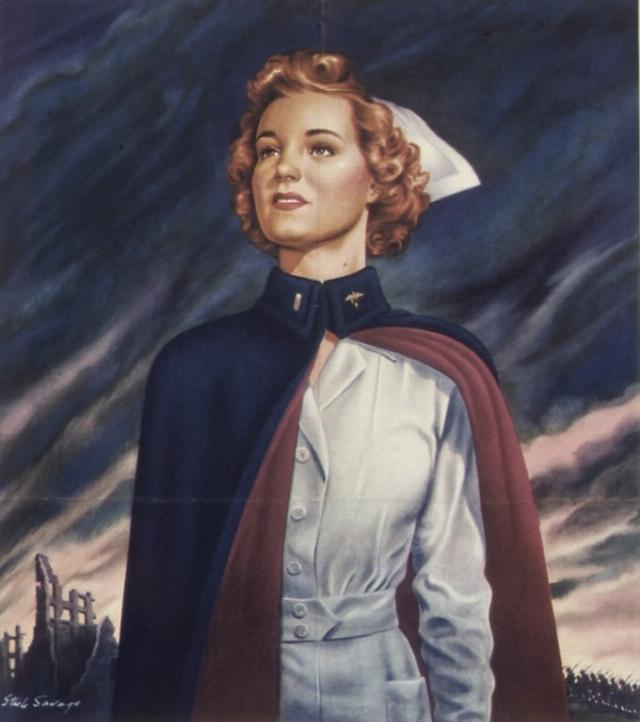


One of the places I visited during a trip to the Balkans in June was a large nuclear bunker complex on the outskirts of Tiranë, the capital of Albania. It’s a massive underground structure—five stories, 106 rooms, and a two-story-high assembly hall, all covering 32,000 square feet—and was built in the 1970s during the height of the Cold War to shelter Albania’s Stalinist leader Enver Hoxha and his inner circle. Dug by hand, the bunker claimed the lives of many laborers.
One could see it as the culmination of the many smaller domed concrete bunkers scattered across Albania’s landscape, cities, and beaches. They still stand as ugly symbols of Hoxha’s paranoia and the country’s isolation during his rule. In an article for The Sunday Times, British writer A.A. Gill described them as “solid pustules of mistrust and fear.”
The communist regime ended in 1992, seven years after Hoxha’s death. In the early 2010s, Hoxha’s once-secret bunker was turned into a museum called Bunk’Art-1, which showcases the period from Italy’s invasion of Albania in 1939 to the fall of communism. It opened to the public in 2014. Exhibits include Hoxha’s suite, his bed (carefully covered with a red blanket), a communist-era grocery store, narrow passageways, unsettling displays of gas masks, propaganda photos, and other items from the regime.
Interestingly, there is a section that should resonate with Americans. It is dedicated to the American nurses and medics of the 807th Medical Air Evacuation Squadron (MAES), who crash-landed in German-occupied Albania on November 8, 1943. For two months, they fought to reach Allied lines. They succeeded, thanks to their perseverance and bravery, as well as the generosity of local Albanian citizens and communist partisans fighting the Germans.
My awe at discovering this fascinating aspect of World War II history led me to Albanian Escape: The True Story of U.S. Army Nurses Behind Enemy Lines, by Lt. Agnes Jensen Mangerich, one of the 13 nurse lieutenants on board the C-53 transport plane. The plane also carried 12 sergeants (all paramedics), four flying crew members, and a corporal hitching a ride. They all survived the crash, though one sergeant was badly injured. Miraculously, they also endured the secretive 800-mile trek through unfamiliar mountainous terrain in freezing cold, and finally made it home to the U.S.
Throughout their ordeal, Mangerich kept a diary on thin strips of paper, recording place names, names of people who helped, landmarks, and more. She was also supported by her sharp memory, say Evelyn Monahan and Rosemary Neidel, who, as co-authors, helped her compile the book. In an author’s note, Mangerich states that publication was far from her mind, especially when Hoxha was in power, because her details could reveal non-communists who helped the American team and they might face repercussions. It was only in 1999, seven years after the fall of communism, that the book was published.
The background to the crash is that the German army arrived in Albania in January 1943 but was mainly halted by communist militias led by Hoxha. Other non-communist militias also attacked the Nazis, who responded by killing locals with firing squads or burning them in their homes. By November, the Nazis had taken full control of Albania, deploying 700,000 troops in the Balkans and setting up checkpoints every six miles.
Meanwhile, across the Adriatic in Italy, Mussolini was removed from power, and the new government signed an armistice with the Allies on September 3, 1943. Italian forces then joined the Allies in fighting the Nazis. However, German troops still controlled northern Italy, which was under a puppet government led by Mussolini, who had fled there. At that time, dogfights were common over Italy and the Adriatic.
The MAES plane, along with two others, was heading from Catania, Sicily, to Bari on Italy’s mainland Adriatic coast to pick up wounded GIs. The crew knew a storm was forming, but they believed they would reach Bari before it hit. However, halfway there, the plane encountered the storm, was badly jolted, and lost radio contact with Bari. It plummeted, and at one point, those on board felt it was skimming the water, but it recovered.
Losing altitude and circling, at one point, the pilots thought the plane was heading to the safety of an abandoned German airfield, only to realize at the last moment that it was still in use. In a rush, they powered away, but not before ack-ack gunfire damaged the tail of the plane. Eventually, they crash-landed in a field. Those on board abandoned the plane at a breakneck pace, still carrying Sgt. Willis Shumway, a flight crewman who was severely wounded.
Mangerich writes that they had no clue they were somewhere in the middle of Albania. (It’s 100 nautical miles from the Albanian coast to Bari, their destination!) In fact, when a group of local militiamen approached, one of the Americans pulled out an English-Italian dictionary to try to communicate. It wasn’t until a few English-speaking locals arrived that they learned they were in Albania and lucky to be rescued by resistance fighters. The partisans quickly cleared away the debris to leave no trace of the Americans’ presence and hid them in a stone house two hours away on foot, since the Nazis were nearby.
Thus began the Americans’ journey, during which their hope of survival depended on their wits, grit, and trust in their Albanian helpers. Albania was then the poorest country in Europe, with only 26 miles of paved roads, five raging rivers that frequently flooded the plains, limited food supplies, little or no electricity and plumbing, and most people traveling on foot.
But the Albanians admired President Woodrow Wilson, who had spoken out for their country at the League of Nations and opposed its division between Greece and Yugoslavia. The coincidence of the people of this country standing between them and Nazi capture was not lost on the Americans. Over time, they learned that the Albanians saw them as the vanguard of a liberating force that would drive out the Nazis. However, this did not ease their immediate hardships.
For days on end, they stayed hidden with nothing to eat. One day, they caught and cooked an ox over an open fire. Not used to such fare, they were horrified but appreciated the food since they hadn’t had anything in a long time. With help from the partisans, they planned a journey to the city of Berat on donkeys. It took days and went through terrain filled with German soldiers. But in Berat, the townsfolk and city officials welcomed them with speeches and celebrated their arrival. The nurses and paramedics were given lunch at a local hotel, lined up for everyone's cheers, and then assigned to stay in twos or threes in different homes.
But soon, the Germans started bombing the area. Fearing capture, the Americans began moving on, from village to village. Some villagers would willingly shelter them, some reluctantly, because the fear of German reprisals weighed heavily on them. They ate whatever was offered—mainly cornbread and goat cheese—and kept going, at one point climbing Mt. Tomorr (one of Albania’s highest), with inadequate clothing or shoes. Without proper toilet facilities, they suffered from lice infestations and bouts of dysentery.
Their ordeal took dramatic turns when three nurses were left behind as the group fled Berat. A German soldier who searched the house where the nurses were hidden did not report them for reasons unknown. However, luck also turned against them when a British agent dispatched to rescue them was betrayed. The main group pressed on without knowing the whereabouts of the missing nurses. Eventually, after an airlift was thwarted by the Germans, the main group arrived in Bari by boat on January 9, 1944. It wasn’t until March that the separated nurses were rescued by another group of agents and finally made it to the U.S. to join duty.
It’s truly a remarkable story. The preface states that, as men and women in uniform, all the crash survivors volunteered for danger. Combat wasn’t expected of the nurses, but as flight nurses, they knew they could easily crash or be shot down behind enemy lines. Still, they answered the call of duty and lived by Queen Esther’s words: “I go, and if I perish, I perish.”

Image: Public domain.
